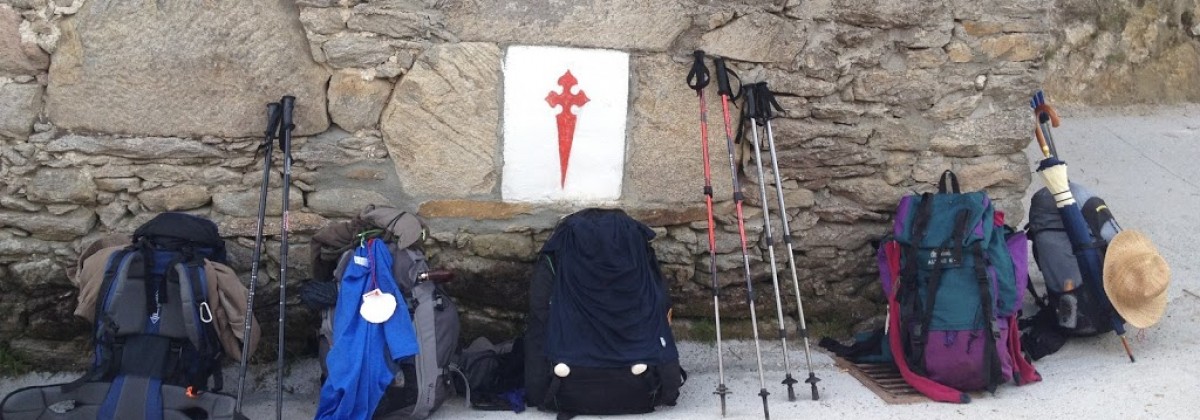shortly after leaving Terradillos we crossed into the largest region along the Camino — León — with a population of more than 2.5 million and an area of 6,000 square miles. an independent kingdom for nearly 300 years, the fortunes of León later waxed and waned, tied as they were to the fortunes of Castilla. fraternal conflicts plagued the region for generations, following the division of Alfonso the Great’s territories among his three sons, as did tensions between Christian forces to the north and Muslims to the south.
Ramiro II (who ruled 931-951) brought stability and behind his military advances into land once held by the Moors came a process of repoblación that sought to repopulate the meseta alta with people from Galicia, which brought rise to a distinct dialect as well as unique form of artistic expression in Mozarabic art. by the end of the 10th century the Kingdom of León had expanded to include the city of Burgos, which it fortified with the many castles for which the far reaches of the region later became known.
when the territories initially merged, León had the upper hand over Castilla; an assortment of military campaigns (mostly associated with the Reconquest) took their tolls on the joint future of the kingdom and in 1157 they split again when a defeat of Alfonso VIII weakened the authority of Castilla. only a few years later, Alfonso IX feared his death would bring the downfall of the Leonese kingdom due to lack of a suitable heir and designated as successors the daughters of his first wife. this proved unsuccessful and his son by another mother, Ferdinand III of Castilla, invaded León after his death (in 1230), assumed the throne, and became the first in a long line of joint sovereigns. perhaps not unlike the “union” of British and Scottish thrones, the “union” of Castilla and León did not go over well with the Leonese and it took Ferdinand III two full years to adequately quash uprisings that opposed his right to the throne. gradually, Castillian influence usurped that of León and though the throne continued to acknowledge the León title by acknowledging it first and using the lion on its crest, power grew more concentrated in Castilla. throughout the centuries, attempts at thwarting or throwing off Castillian influence have tried and failed; without Castilla, León and two other regions declared war against Napoleon’s France in the 19th century and anti-Castillian political parties remain popular to this day and the most die-hard activists persist in defacing governmental signs that acknowledge the autonomous region of Castilla y León that exists today.










